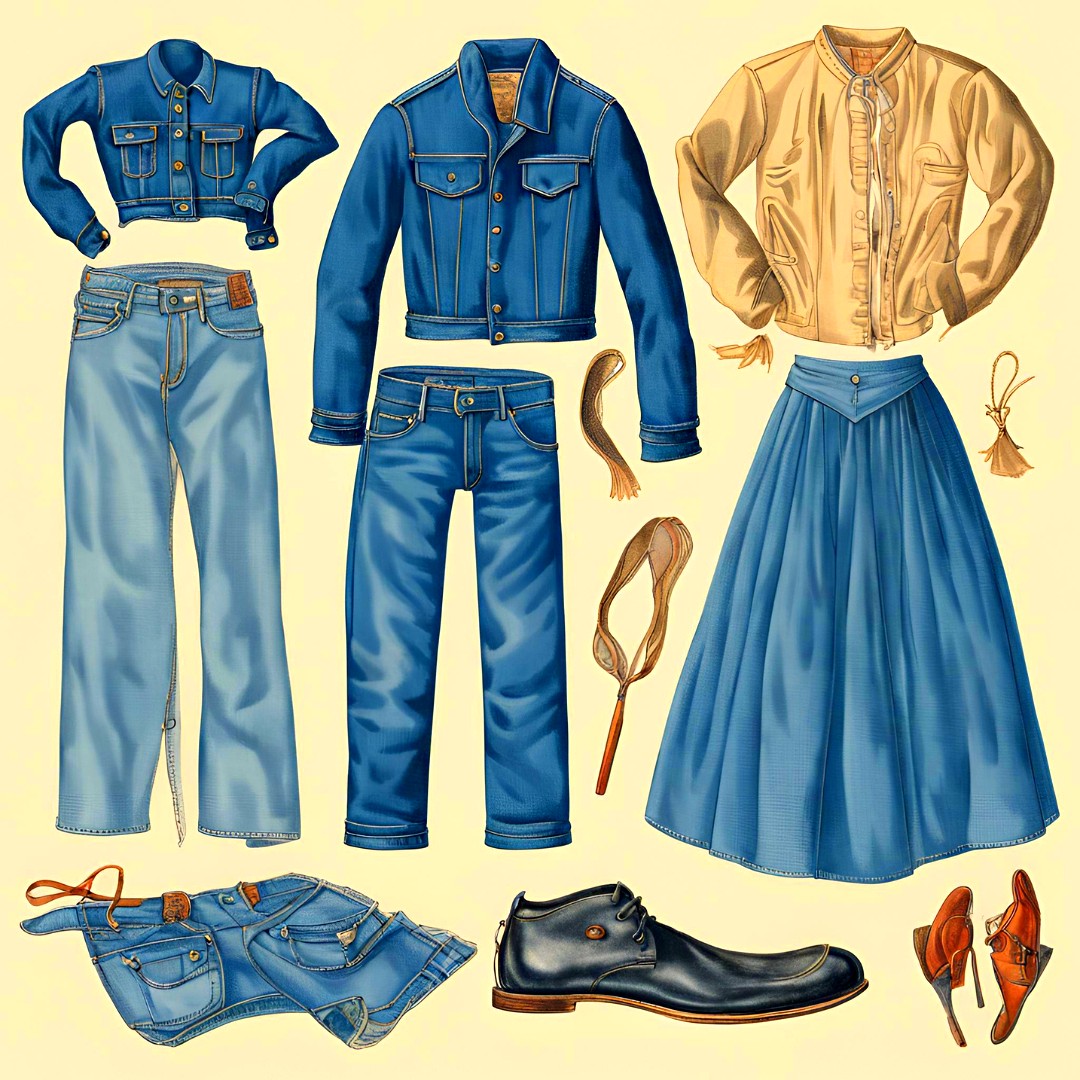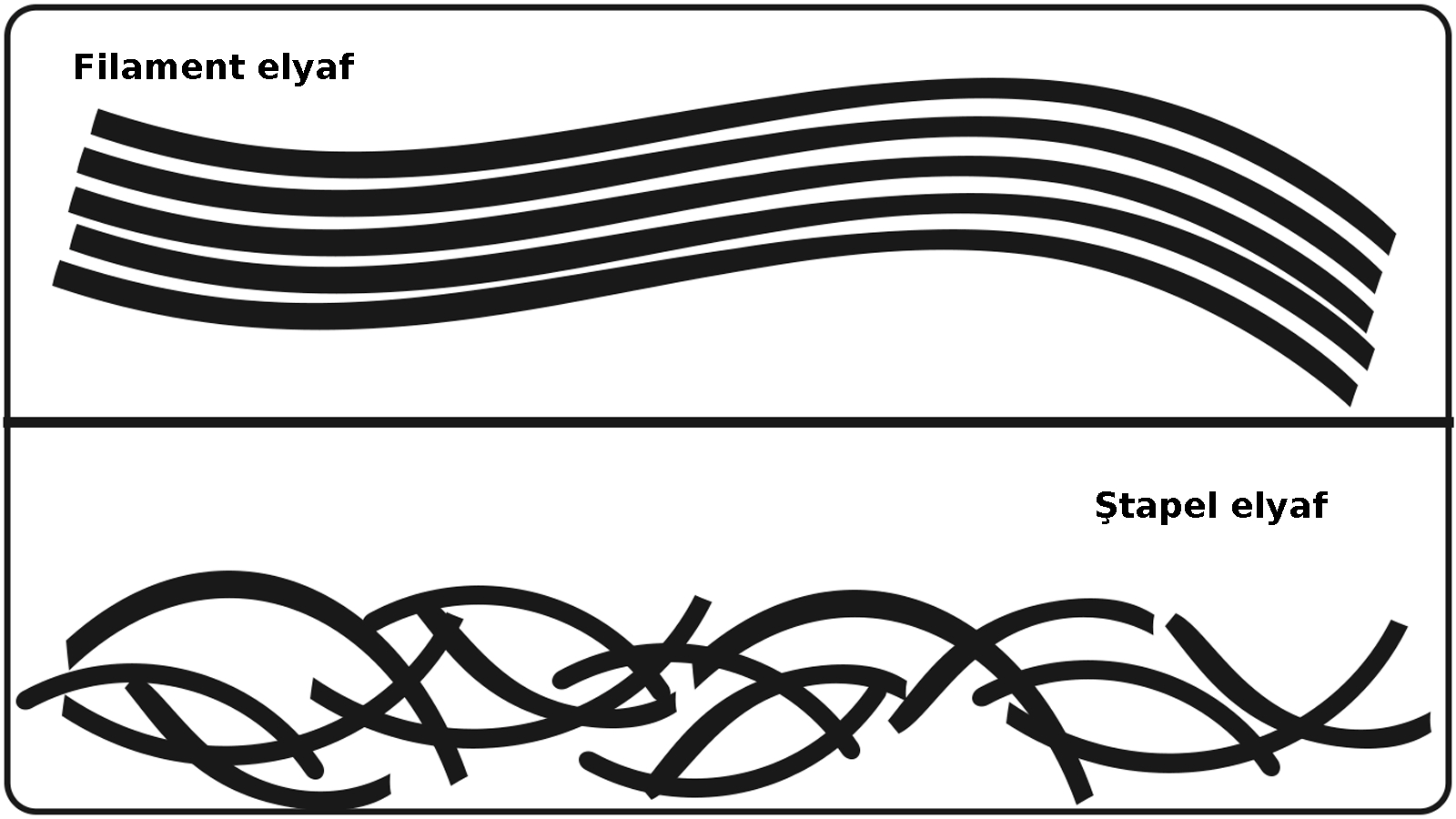Ring Spinning System, Yarn Spinning Processes - Yarn Manufacturing
13:14
0 comments
Ring spinning is oldest and most versatile spinning system for short staple yarns offering the widest range of yarn counts. In ring spinning, true twist is inserted into parallel fibers by means of a rotating spindle.
Ring spinning is the oldest and most established spinning system. It is based on the very first yarn spinning methods ever employed and continues to be quite popular to this day. While it has changed little in principle, new ring spinning machines are a far cry from the earliest versions. Production rates are still low when compared to rotor, or open-end, and air-jet systems but the yarn quality is still the benchmark for even these newest, high-production systems. The ring spinning system still enjoys the widest possible yarn count range and excels at producing very fine counts. The hand (softness) of ring-spun yarn-produced fabrics is judged to be second to none.
The ring spinning process is quite simple. The roving is the input for the process and passes through a basic, and usually 3 roll, drafting system. After drafting, the fiber is twisted into a yarn structure by a whirling spindle, which has a removable bobbin on it. The winding of the yarn onto the bobbin takes place due to the traveler and ring combination. Thus the term ring spinning. Ring spinning requires a subsequent winding step. That is, the full bobbins must be wound onto a cone or cheese to create a much larger package that is then usable for weaving or knitting. These additional steps of roving and winding, combined with the slow production rate (when compared to rotor and air-jet), are the primary reasons for the higher cost differences for ring-spun yarn.
Yarn Spinning
There are three main methods for spinning, or twisting, the prepared cotton fiber into yarn. These processes differ in the manner in which they insert twist, resulting in distinctly different yarn structures. The result of these different structures can be seen and felt in the final product.
-
İş sağlığı ve güvenliği için bazı işletmelerde pr ayakkabı kullanımı gereklidir. Ayakkabılarda rastladığımız "PR" terimi, İngiliz...
-
Ayakkabılarda doğru numara seçimi sağlık ve kullanım ömrü açısından önem arz eder. Kesirli Ayakkabı Numaraları Ne Anlama Geliyor? 🤔 Bazı a...
-
Mavi polycotton nevresim takımı. Polycotton , polyester ile pamuğu (cotton) karıştırarak elde edilen, her iki elyafın en iyi performans ...
-
Yeşil renk ve tonları, sarı ile mavi ışığın birleşmesi sonucu oluşur ve fotosentetik pigmentler nedeniyle bitki yapraklarında yaygın olarak ...
-
Rahat bir kullanım için ayağın genişliği ve uzunluğuna uygun ayakkabıyı seçmek son derece önemlidir. Ayakkabı Genişlik Terimleri: E, F, FX,...
-
Giyim ; insanların ihtiyaçlarının yanı sıra dış etkilerden korumak, örtünmek, modaya uymak amacıyla vücudun bir kısmını ya da tamamını kapat...
-
İngilizce renkler. İngilizcede renk kelimesi Amerikan İngilizcesinde "color", İngilizce İngilizcesinde "colour" olarak ...
-
Lif kısaltmaları tekstilde elbise üretiminin her aşamasında kullanılır. Tekstil, Kumaş, Lif ve Elyaf Kısaltmaları : Tekstil endüstrisi, lif...
-
Ütü parlaması çok yoğun ise elbise kullanılmaz hale gelir. Ütü yaparken özellikle pantolon gibi hassas kıyafetlerde parlama oluşabilir. Ütü...
-
Şali kumaş bayrak. Şali , tiftik iplikten dokunmuş ince bir kumaş türüdür. Kaba ve seyrek dokunanları genelde bayrak yapımında kullanılmış...
-
Türk tekstil ve hazır giyim sektörü: yerli markaların yükselişi. Türkiye'nin lokomotif sektörlerinden biri olan tekstil ve hazır giyim...
-
Akrilik elyaf, iyi yalıtım özelliğine sahip olmasıyla öne çıkan sentetik bir lif türüdür. Akrilik Elyaf: Tanım ve Özellikler Akrilik, ( Alm....
-
Kumaş numunesi. 1) Yapılarına göre (nasıl yapıldıysa o ismi alır) a) Dokunmamış kumaşlar - Nonwoven , keçeler, kağıt telalar, elyaf, vi...
-
Ünlü Türk modacı ve tasarımcılarının kreasyonları artık dünya moda başkentlerinde sergileniyor. Türkiye'de tekstil ve moda sektörünü...
-
Farklı renk ve türdeki kumaş çeşitleri. Kumaş, ipliklerin, çeşitli yöntemlerle bir araya getirilerek oluşturduğu kaplayıcı yüzeylerd...
-
Türk ayakkabı markaları, yerli ham maddeyi mükemmel işçilik ve estetik tasarımlarla birleştiriyor. Türk malı ayakkabı ürünler, kalitesi ve e...
-
Dünyanın en meşhur modacıları. Dünyaca ünlü modacılar Her sezon önce podyumları sonra da vitrinleri süsleyen özel koleksiyonların arkas...
-
Lif kısaltmaları tekstilde elbise üretiminin her aşamasında kullanılır. Tekstil, Kumaş, Lif ve Elyaf Kısaltmaları : Tekstil endüstrisi, lif...
-
Naylon olarak da bilinen polyamid kumaşlar sentetik kökenli bir kumaş türüdür. Polyamid ya da naylon (Alm. Polyamidfaser, Fr. fibre ...
-
Tekstil ürünlerinin etiketlerinde yıkama, kurutma ve ütüleme ile ilgili semboller bulunur. Tekstil Ürünleri için Tavsiye Edilen Yıkama Tali...




















































































































0 yorum:
Yorum Gönder
Merhaba, daha kaliteli bir site için yorumlarınızı bekliyoruz.